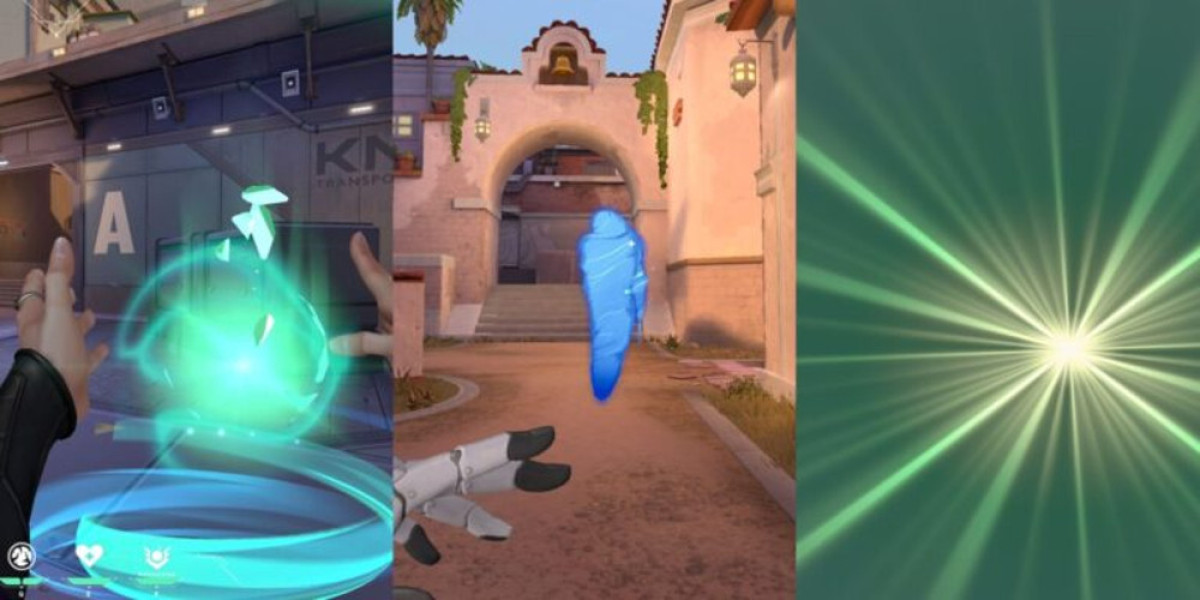Deciphering the Puzzle: Unraveling Sacroiliitis
Imagine a persistent ache, a deep throb in your lower back or buttocks, sometimes even radiating down your leg. It might feel like a dull nuisance or a sharp, stabbing jolt that poses a challenge. You might brush it off as just another backache, something you slept on wrong or strained during yesterday's gardening. But what if it's more than that? What if the source of your discomfort lies in the very foundation of your spine, in the intricate connection between your lower spine and pelvis – the sacroiliac (SI) joints?
Sacroiliitis, simply put, is the inflammation of one or both of these vital SI joints. These joints, located where the sacrum (the triangular bone at the base of your spine) meets the iliac bones (the large, wing-shaped bones of your pelvis), play a crucial role in supporting the weight of your upper body and absorbing the impact of movement. When these joints become inflamed, the resulting pain can significantly impact your daily life, making even simple activities like walking, sitting, or sleeping uncomfortable.
The Whispers of Inflammation: Recognizing Sacroiliitis Symptoms
The symptoms of sacroiliitis can vary widely from person to person, both in intensity and location. However, some common signs can offer clues:
- Lower Back Pain: This is the most frequently reported symptom, often described as a deep ache or a sharp pain.
- Buttock Pain: Pain can be concentrated in one or both buttocks and may be more pronounced on one side.
- Radiating Pain: The discomfort can extend into the hips, groin, thighs, and sometimes even down to the knees or feet, mimicking sciatica.
- Stiffness: You might experience stiffness in the lower back and hips, particularly in the morning or after prolonged periods of sitting or standing.
- Pain with Movement: Certain activities can exacerbate the pain, such as climbing stairs, running, standing for long periods, or twisting your torso.
- Tenderness: The area directly over the SI joints might be tender to the touch.
It's important to note that these symptoms can overlap with other conditions causing lower back pain, making an accurate diagnosis crucial.
Solving the Mystery: The Diagnostic Journey
Diagnosing sacroiliitis involves a comprehensive approach, as there isn't one single test that can definitively confirm the condition. Your healthcare provider will likely take the following steps:
- Medical History and Physical Examination: They will ask detailed questions about your symptoms, when they started, what makes them better or worse, and your medical history. A physical exam will involve assessing your range of motion, checking for tenderness over the SI joints, and performing specific maneuvers that may provoke pain in the affected joints. These provocative tests help to pinpoint the SI joints as the source of the pain.
- Imaging Tests: While X-rays may not always show signs of sacroiliitis, they can help rule out other conditions. Magnetic Resonance Imaging (MRI) is often the preferred imaging modality as it can reveal inflammation in the SI joints and surrounding tissues. Computed Tomography (CT) scans may also be used in some cases.
A Ray of Hope: Latest Treatment Breakthroughs
The good news is that significant advancements have been made in the treatment of sacroiliitis, offering more options for pain relief and improved quality of life. The treatment approach typically depends on the severity of your symptoms and the underlying cause.
- Conservative Management: For many individuals, initial treatment focuses on conservative measures:
- Nonsteroidal Anti-inflammatory Drugs (NSAIDs): Over-the-counter or prescription NSAIDs can help reduce pain and inflammation.
- Rest and Activity Modification: Avoiding activities that aggravate your pain is crucial.
- Injections: When conservative measures are insufficient, injections can provide more targeted relief:
- Corticosteroid Injections: Injecting corticosteroids directly into the SI joint can reduce inflammation and pain. However, these are typically limited due to potential long-term side effects.
- Platelet-Rich Plasma (PRP) Injections: This newer therapy involves injecting a concentration of your platelets into the joint to promote healing and reduce inflammation. While research is ongoing, early results are promising.
- Radiofrequency Ablation: This procedure uses heat to destroy the nerves transmitting pain signals from the SI joint. It can provide longer-lasting pain relief for some patients.
- Minimally Invasive Procedures: Advancements in medical technology have led to minimally invasive surgical options for sacroiliitis:
- Sacroiliac Joint Fusion: This procedure involves fusing the sacrum and ilium to stabilize the joint and eliminate movement, thereby reducing pain. Newer minimally invasive techniques involve smaller incisions, less tissue damage, and faster recovery times compared to traditional open surgery.
- LinQ SI Joint Stabilization System: This is an example of a minimally invasive fusion technique that uses a single small incision to implant a bone allograft into the SI joint.
Living Well with Sacroiliitis: A Brighter Future
While sacroiliitis can be a challenging condition, understanding its symptoms, the diagnostic process, and the latest treatment breakthroughs empowers you to take control of your health. By working closely with your healthcare provider and exploring the available options, you can find effective strategies to manage your pain and regain a more active and fulfilling life. The journey to relief may involve different approaches, but with persistence and the right care, a brighter, less painful future is within reach.







